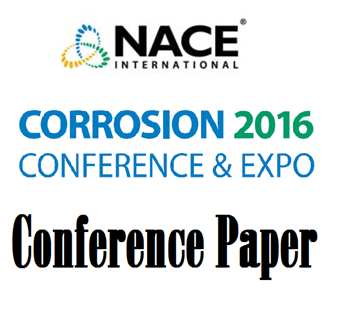Search
Internal Corrosion in Natural Gas Pipelines
Also Purchased
51316-7259-Validation of Internal Corrosion Threat Guidelines for Dry Natural Gas Pipelines
Product Number:
51316-7259-SG
ISBN:
7259 2016 CP
Publication Date:
2016
$20.00
51314-3887-Enhancement of Internal Corrosion Threat Guidelines for Dry Natural Gas Pipelines
Product Number:
51314-3887-SG
ISBN:
3887 2014 CP
Publication Date:
2014
$20.00
02099 THE IMPORTANCE OF INTERNAL CORROSION CONTROL IN PIPELINE INTEGRITY MANAGEMENT
Product Number:
51300-02099-SG
ISBN:
02099 2002 CP
$20.00
Recently viewed




